This solution uses phase laser measurement, which is more accurate than ultrasonic measurement and less susceptible to external interference, but requires complex and fast calculations, so it needs to be equipped with a 32-bit Arm Cortex-M0+ core STM32F030C8T6 MCU. In addition, a DDS clock chip is needed to provide the clock source. Hand-held laser ranging is sensitive to cost, so the Si5351 chip is selected as the clock source here to provide the main oscillator signal and local oscillator signal respectively. This program reserves debugging interface, serial port, RS485 interface, and the measurement distance can be displayed directly through the serial port assistant.
The block diagram of the laser range finder system is as follows:

The above block diagram of the entire laser ranging system shows the main functions of the STM32 main control part. The ADC collects and processes the signals returned from the internal and external optical paths, and the final calculated distance is displayed on the serial port assistant through the TTL or RS485 serial port. In addition, the MCU The DDS is also controlled through the I2C interface to generate two signals needed to measure the phase difference, that is, the main oscillator and the local oscillator signal; Si5351 is a low-cost and high-precision DDS chip that can generate a clock source of up to 200M. It is very suitable for cost-sensitive products such as rangefinders; the two laser tubes are used on the inner and outer optical paths respectively, the inner optical path laser tube does not need to add a lens, and the outer optical path laser tube needs to add a lens; APD avalanche diodes need Reverse bias high voltage can make it reach the state of avalanche multiplication, so it is necessary to add a high voltage circuit controlled by MCU.

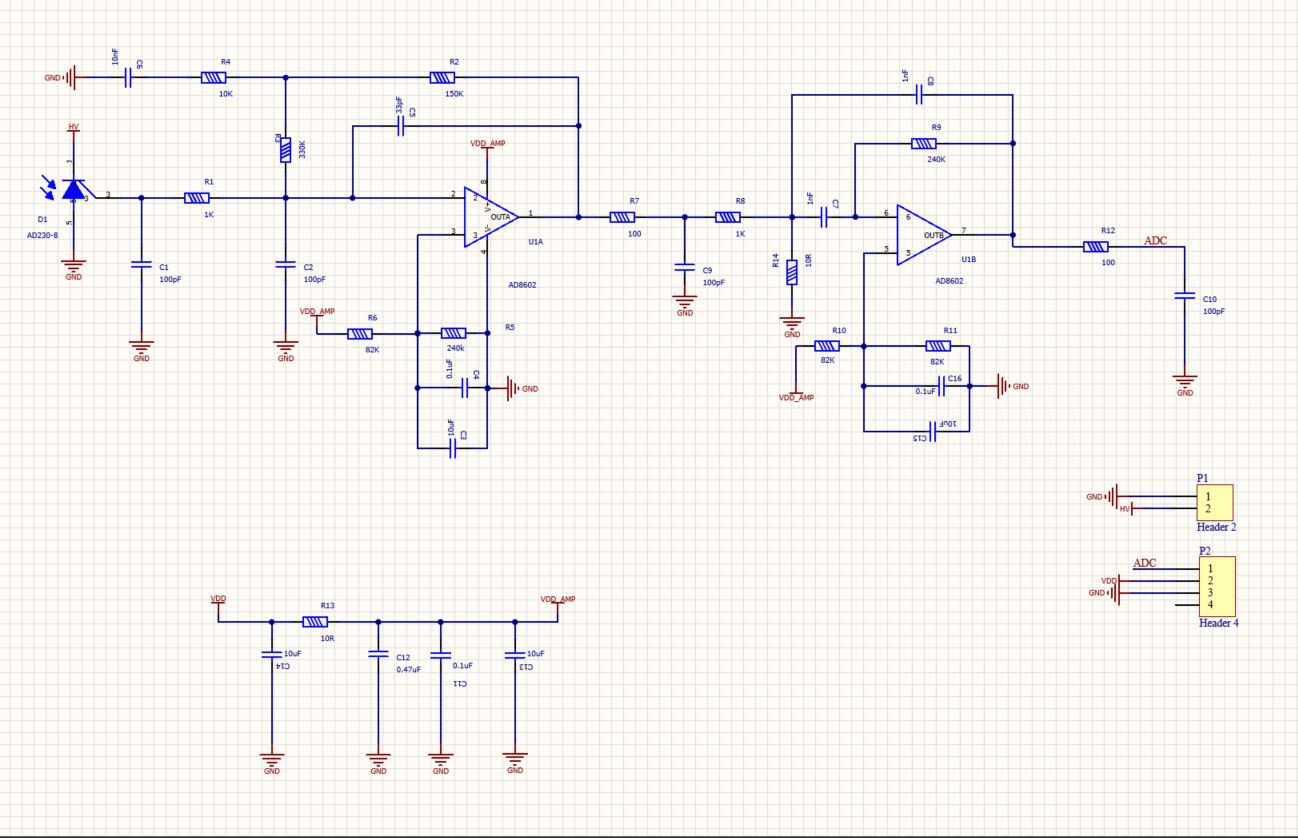
The phase laser rangefinder has high requirements on accuracy and needs to achieve millimeter-level accuracy. APD has weak anti-interference and is easily affected by temperature characteristics, and is limited to STM32 adc acquisition voltage 0~3.3V, so in signal conditioning This piece requires a lot of effort. Here, ADI’s AD8602 dual rail-to-rail operational amplifier is selected. The combination of low offset, extremely low input bias current and high speed characteristics can better achieve high-precision measurement. APD avalanche diodes choose AD280-8, the price of this material is quite high, and it is difficult to buy, but fortunately, there are domestic alternatives. The front stage of AD8602 is composed of a transimpedance amplifier circuit (IV conversion circuit), which converts the photocurrent into the form of city voltage, and the latter stage is a low-pass filter;







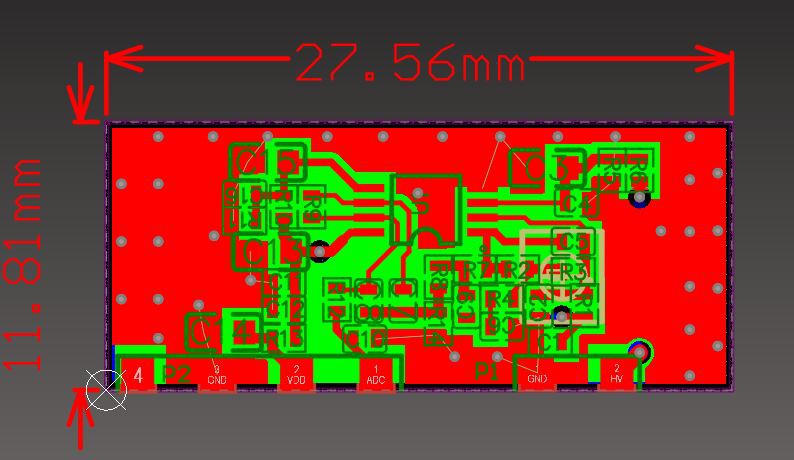




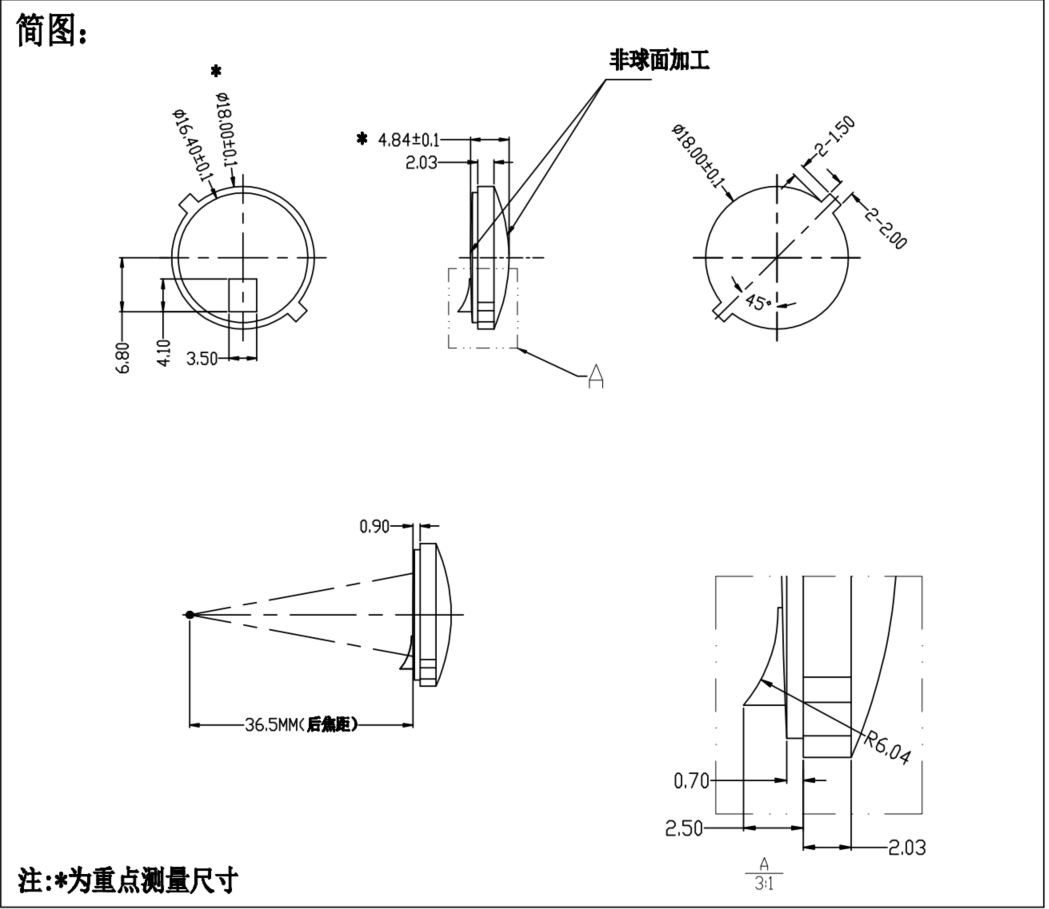
The above are all the picture samples recorded in this project. Generally speaking, the project has a high degree of completion and can reach an accuracy of +-1.5mm; the measurement range is 0.05~60m. Those who want to learn and communicate can refer to it.
 3586394718
3586394718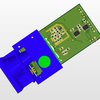

 Beaglebreath
Beaglebreath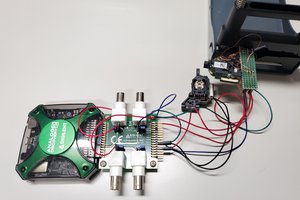
 kuriuzu
kuriuzu
 Grant Giesbrecht
Grant Giesbrecht
 iliasam
iliasam
Links does not work.